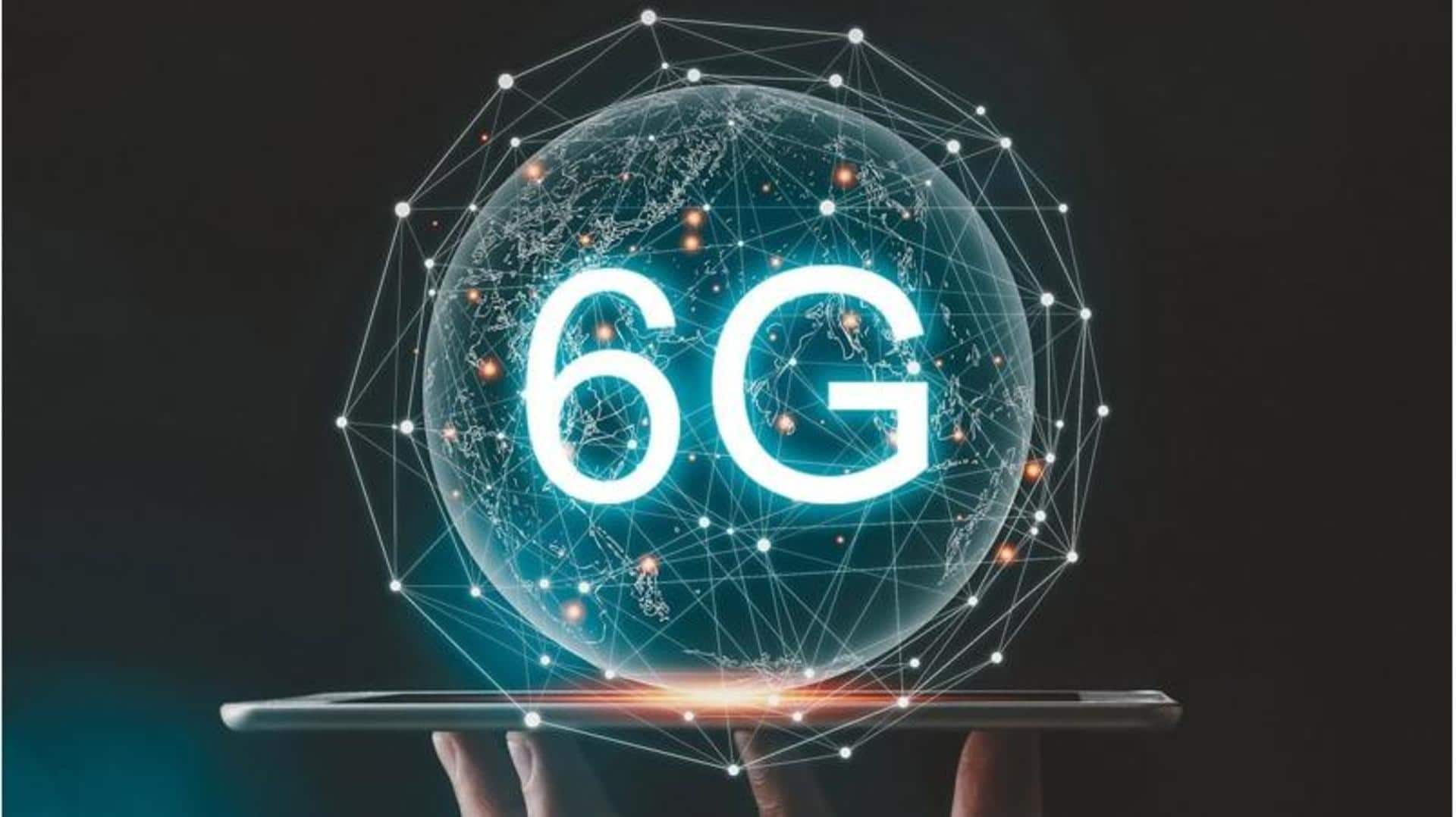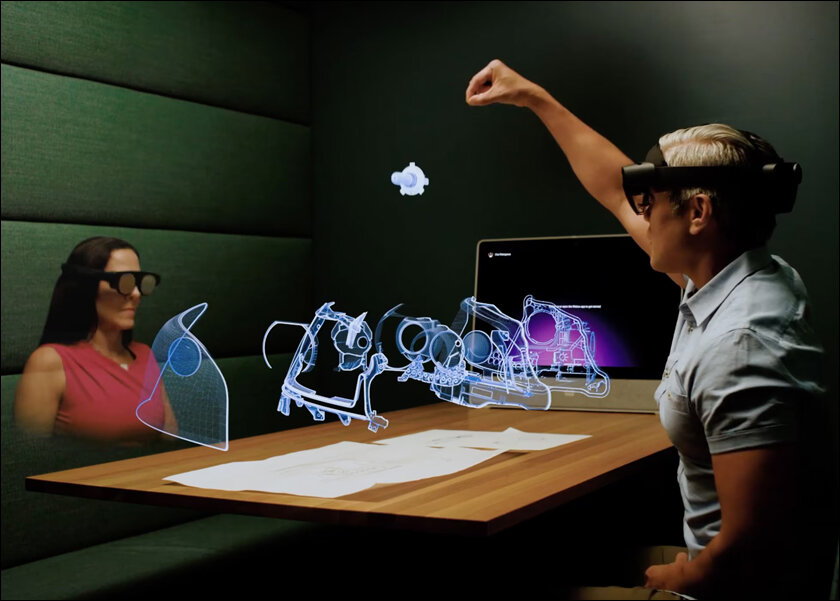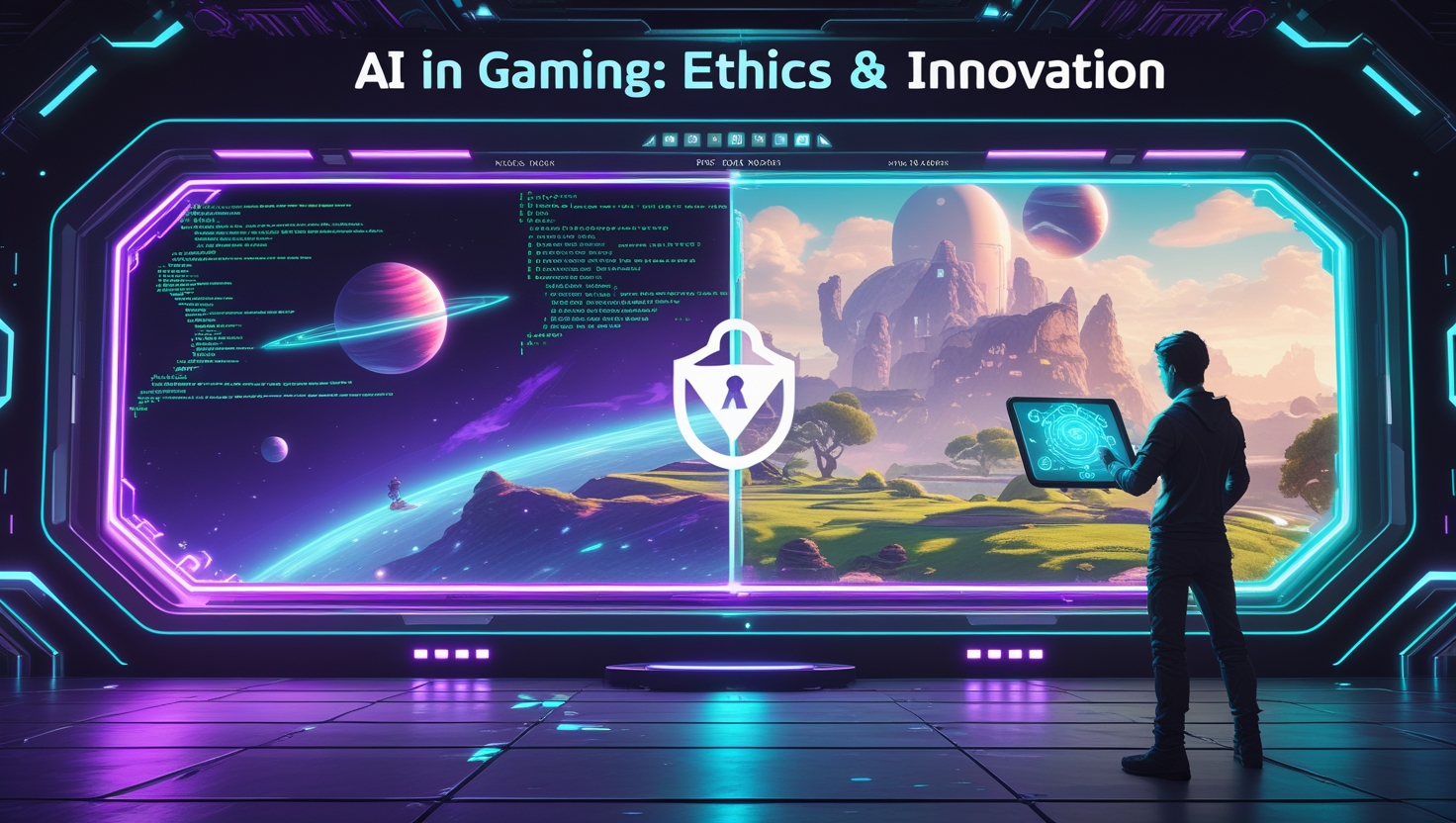
As the world continues to harness the power of 5G networks, the technology industry is already looking ahead to the next frontier: 6G. Expected to launch commercially around 2030, 6G promises to deliver unprecedented connectivity, with data speeds up to 100 times faster than 5G, ultra-low latency, and the ability to support trillions of connected devices. But 6G is more than just an incremental upgrade—it’s poised to redefine how we interact with technology, transforming industries, societies, and daily life. In this article, we explore the potential of 6G networks, the technologies driving their development, and the challenges that must be overcome to make this vision a reality.
What is 6G, and Why Does It Matter?
6G, or sixth-generation wireless technology, is the planned successor to 5G, designed to meet the connectivity demands of the 2030s and beyond. While 5G has introduced faster speeds, lower latency, and support for the Internet of Things (IoT), 6G aims to push these boundaries further, enabling entirely new applications that were previously unimaginable. According to industry projections, 6G could achieve peak data rates of up to 1 terabit per second (Tbps), latency as low as 0.1 milliseconds, and connection densities supporting 100 devices per cubic meter—capabilities that dwarf 5G’s performance.
The significance of 6G lies in its potential to create a hyper-connected world. By integrating advanced technologies like artificial intelligence (AI), terahertz (THz) waves, and quantum communication, 6G will enable seamless interactions between humans, machines, and digital environments. From holographic telepresence to fully autonomous cities, 6G is set to be the backbone of a new era of innovation.




The Technological Pillars of 6G
6G’s transformative potential is rooted in several cutting-edge technologies that are currently in development. Below, we explore the key enablers of 6G networks.
1. Terahertz (THz) Waves
Unlike 5G, which primarily uses millimeter waves (30–300 GHz), 6G will leverage the terahertz spectrum (300 GHz–3 THz). THz waves offer significantly higher bandwidth, enabling massive data transfer rates. For example, researchers at Osaka University and Adelaide University have developed a silicon-based microchip that transmitted data at 11 Gbps using THz waves, surpassing 5G’s theoretical limit of 10 Gbps. However, THz waves have a shorter range and are more susceptible to obstacles, requiring advanced hardware and network designs to overcome these limitations.
2. Artificial Intelligence and Machine Learning
AI and machine learning (ML) will be integral to 6G networks, enabling intelligent network management and optimization. 6G networks will use AI to dynamically adjust frequencies based on environmental conditions, predict traffic patterns, and enhance security. For instance, AI-driven “Agentic AI” will allow networks to autonomously solve complex problems, such as optimizing resource allocation for millions of connected devices. This level of intelligence will ensure efficient operations across industries, from smart cities to healthcare.
3. Quantum Communication
Quantum communication, leveraging the principles of quantum mechanics, promises ultra-secure and instantaneous data transmission. By using quantum entanglement and superposition, 6G networks could enable post-quantum cryptography, protecting against cyber threats that could compromise traditional encryption methods. Research institutions like China’s Ministry of Industry and Information Technology are already investing heavily in quantum communication for 6G applications.
4. Integrated Sensing and Communication (ISAC)
One of the most exciting paradigms of 6G is Integrated Sensing and Communication (ISAC). Unlike 5G, which focuses solely on data transmission, 6G antennas will also serve as sensors, capable of localizing, mapping, and perceiving their environment. This capability will be critical for applications like autonomous vehicles, where precise environmental awareness is essential for safety and navigation.
5. Space-Air-Ground-Sea Integration
6G aims to create a seamless network that integrates terrestrial, aerial, maritime, and space-based communications. By incorporating satellite constellations, drones, and underwater communication systems, 6G will provide global coverage, even in remote and rural areas. For example, China launched its first 6G satellite in 2021, expanding the scope of non-terrestrial communication.
Applications of 6G: Transforming Industries
The capabilities of 6G will unlock a wide range of applications, revolutionizing industries and enhancing quality of life. Below are some of the most promising use cases.
1. Holographic Communications
Imagine attending a virtual meeting where participants appear as life-size, 3D holograms, complete with real-time facial expressions and gestures. 6G’s ultra-high speeds and low latency will make holographic telepresence a reality, transforming remote collaboration, education, and entertainment. The International Telecommunication Union (ITU) estimates that holographic communications could account for a significant portion of network traffic by 2030.

2. The Metaverse and Extended Reality (XR)
The metaverse—a fully immersive virtual world—requires network speeds and bandwidths far beyond 5G’s capabilities. 6G will enable real-time, high-definition rendering of 3D environments, supporting applications like virtual reality (VR), augmented reality (AR), and mixed reality (MR). This will create new opportunities for gaming, social interaction, and remote work, with users navigating digital twins of physical spaces.
3. Autonomous Systems
From self-driving cars to drone delivery systems, autonomous systems rely on real-time data processing and ultra-low latency. 6G’s 0.1-millisecond latency and ISAC capabilities will enable vehicles to communicate with each other and their environment, preventing collisions and optimizing traffic flow. The automotive industry alone could see a global GDP impact of $170–$280 billion by 2030, according to McKinsey.
4. Healthcare Revolution
6G will transform healthcare by enabling remote surgeries, real-time patient monitoring, and AI-powered diagnostics. With ultra-low latency, surgeons could operate robotic tools remotely, providing specialized care to patients in underserved regions. Additionally, 6G’s high device density will support wearable sensors that monitor chronic conditions, generating a global GDP impact of $250–$420 billion by 2030.
5. Smart Cities

6G will power smart cities, where interconnected systems optimize traffic, energy, and waste management. Real-time data processing will allow cities to reduce congestion, improve sustainability, and enhance public safety. For example, 6G-enabled traffic systems could dynamically adjust signals based on real-time traffic patterns, while waste management systems could optimize collection routes.
Challenges in Developing 6G
While 6G holds immense promise, its development faces significant challenges that must be addressed to ensure widespread adoption.
1. Infrastructure Costs
Building the infrastructure for 6G will require substantial investment in research, development, and deployment. McKinsey estimates that telecommunication providers invested $600 billion in 5G infrastructure between 2022 and 2025, and 6G’s requirements—such as THz-compatible hardware and dense network deployments—could drive costs even higher. These expenses may be passed on to consumers, potentially creating barriers to access.
2. Interoperability and Standardization
6G’s global success depends on standardized protocols to ensure interoperability across devices and networks. However, geopolitical tensions, such as China’s ban on Ericsson and Western bans on Huawei, could lead to network fragmentation. The ITU-R and 3GPP are working to define 6G standards (IMT-2030), with specifications expected to be finalized by 2027–2030.
3. Security and Privacy
As 6G networks connect trillions of devices, they will generate massive datasets, raising concerns about privacy and security. The integration of AI and quantum communication will require robust cybersecurity measures to protect against threats like distributed denial-of-service (DDoS) attacks. Decentralized security systems and post-quantum cryptography will be critical to safeguarding 6G networks.
4. Energy Efficiency
6G’s high-frequency THz waves and dense device connectivity could increase energy consumption, conflicting with global sustainability goals. Researchers are exploring energy-efficient technologies, such as ultra-lean network designs and low-power hardware, to minimize 6G’s environmental impact.
5. Digital Divide
Ensuring equitable access to 6G is essential to avoid exacerbating the digital divide. While 6G’s space-air-ground-sea integration promises global coverage, rural and underserved areas may lag behind due to infrastructure costs. Policymakers and industry leaders must prioritize inclusive deployment strategies to bridge this gap.
The Global Race to 6G

The development of 6G is a global priority, with countries and companies racing to lead the market. South Korea, Japan, and the U.S. are investing heavily in R&D, with South Korea planning initial deployments by 2025. China’s Ministry of Industry and Information Technology is focusing on quantum communication and satellite-based 6G, while Europe’s 5G Infrastructure Association has outlined a vision for a 6G ecosystem. Companies like Ericsson, Nokia, Samsung, and Huawei are also driving innovation, with projects like Nokia’s KOMSENS-6G focusing on integrated sensing and communication.
However, geopolitical tensions could shape the 6G landscape. The U.S., Australia, and several European countries have endorsed “open, interoperable, and secure” 6G principles, while China’s Fourteenth Five-Year Plan prioritizes 6G as a national security objective. These competing visions may complicate global standardization efforts.
The Socioeconomic Impact of 6G
6G’s impact will extend beyond technology, reshaping economies and societies. McKinsey estimates that advanced connectivity, including 6G, could boost global GDP by $1.2–$2 trillion by 2030, with significant contributions from mobility, healthcare, manufacturing, and retail. However, the transition to 6G could also disrupt labor markets, as automation and AI-driven systems replace certain jobs. Policymakers must address these challenges through reskilling programs and inclusive policies.
From a social perspective, 6G will enable new forms of communication and entertainment, such as immersive VR experiences and holographic social interactions. However, the increased reliance on connected devices raises ethical questions about data privacy and digital addiction, requiring careful regulation.
The Road to 2030: What’s Next for 6G?
The journey to 6G is already underway, with significant milestones expected over the next decade. The ITU-R’s IMT-2030 framework, published in 2023, outlines the vision and objectives for 6G, while 3GPP is set to begin standardization in 2026. Initial deployments are expected in 2028, with widespread commercialization by 2030. Collaborative efforts, such as the Next G Alliance and Japan’s Beyond 5G Promotion Consortium, are driving global cooperation.

In the meantime, 5G will continue to evolve, with 5G-Advanced (3GPP Releases 17–18) bridging the gap to 6G. These enhancements will introduce features like network slicing and improved IoT support, laying the groundwork for 6G’s advanced capabilities.
Conclusion: A Hyper-Connected Future
6G networks represent a paradigm shift in connectivity, with the potential to transform industries, empower AI, and create immersive digital experiences. By leveraging technologies like THz waves, AI, and quantum communication, 6G will enable applications that redefine how we live, work, and interact. However, realizing this vision requires overcoming significant technical, economic, and ethical challenges.
As we approach 2030, the global race to 6G will intensify, with countries and companies vying for leadership in this critical technology. By addressing challenges like infrastructure costs, standardization, and digital inclusion, the world can unlock the full potential of 6G, paving the way for a hyper-connected, sustainable, and innovative future.




































Leave a Reply